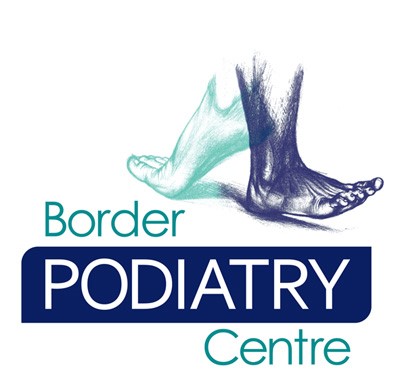Do you feel pain in your lower legs when you’re running or playing sport? Are they feeling swollen and tender too? Ouch! Let’s talk about shin splints (or if you want to get technical we can call it medial tibial stress syndrome, but let’s not – shin splints is fine).
Medial tibial stress syndrome (MTSS) aka shin splints is classed as an overuse injury that can often be seen in sports that involve running, particularly on hard surfaces. The pain that presents related to MTSS is often the result of excessive forces placed along the shin bone, and the tissues and muscles surrounding it.
Some of the following points can put you at an increased risk of developing MTSS:
- Biomechanical influences (for example, foot function).
- Muscle fatigue during activity.
- Muscle weakness or tightness of the thigh and/or gluteal (buttocks) muscle groups.
- Poor or incorrect training techniques.
- Running on an incline, decline or uneven surfaces.
- Running or performing activity on hard surfaces
- Inappropriate and/or worn out footwear
If these risk factors are sounding like your current leg pain, there are a range of common symptoms that are also commonly linked to shin splint presentation. Below are some of the most common signs that tend to present in our clinic:

- Pain and tenderness on touch along the shin bone, particularly the inside border
- Pain when the foot is pointed towards the floor (plantarflexed)
- Pain during and post exercise – which can increase over time, and can become present during times of rest.
- Pain when walking on an incline
- Swelling of the lower leg
- Redness of the skin related to swelling and inflammation occurring in the lower leg
- Lumps along the anterior lower leg border
Early diagnosis and management implementation can greatly lessen the pain related to MTSS and improve overall outcomes. Below we have some great initial management tips:
- Rest! This includes completely stopping running from anywhere from 2-8 weeks (depending on injury stage). We know this can be hard to do but this stage is critical for the management of shin splints. It is important to understand that if the body isn’t given appropriate rest and time to heal that small stress reaction cracks that may be present along the tibia can worsen – even creating a stress or complete fracture!
- Aerobic fitness can be maintained during your rest period by performing exercises such as swimming, cycling and water-running.
- Applying ice along the painful area in 10 minute increments (10 minutes on, 10 minutes off) over approximately 40 to 60 minutes aims to manage presenting pain and inflammation. Accompanying this, anti-inflammatory medication can also be used
- Stretching of the calf and hamstring muscle groups – now this feels really really good.
After following these early management options, it is important to ensure that you review with a health professional before returning to sport or running as a return to running program, biomechanical review and footwear review are highly recommended. If you think we are the right professionals to help you onto the next stage of your shin splint management, (we know we are) give us a call on (02) 6024 5577 to schedule an appointment with one of our expert podiatrists.
